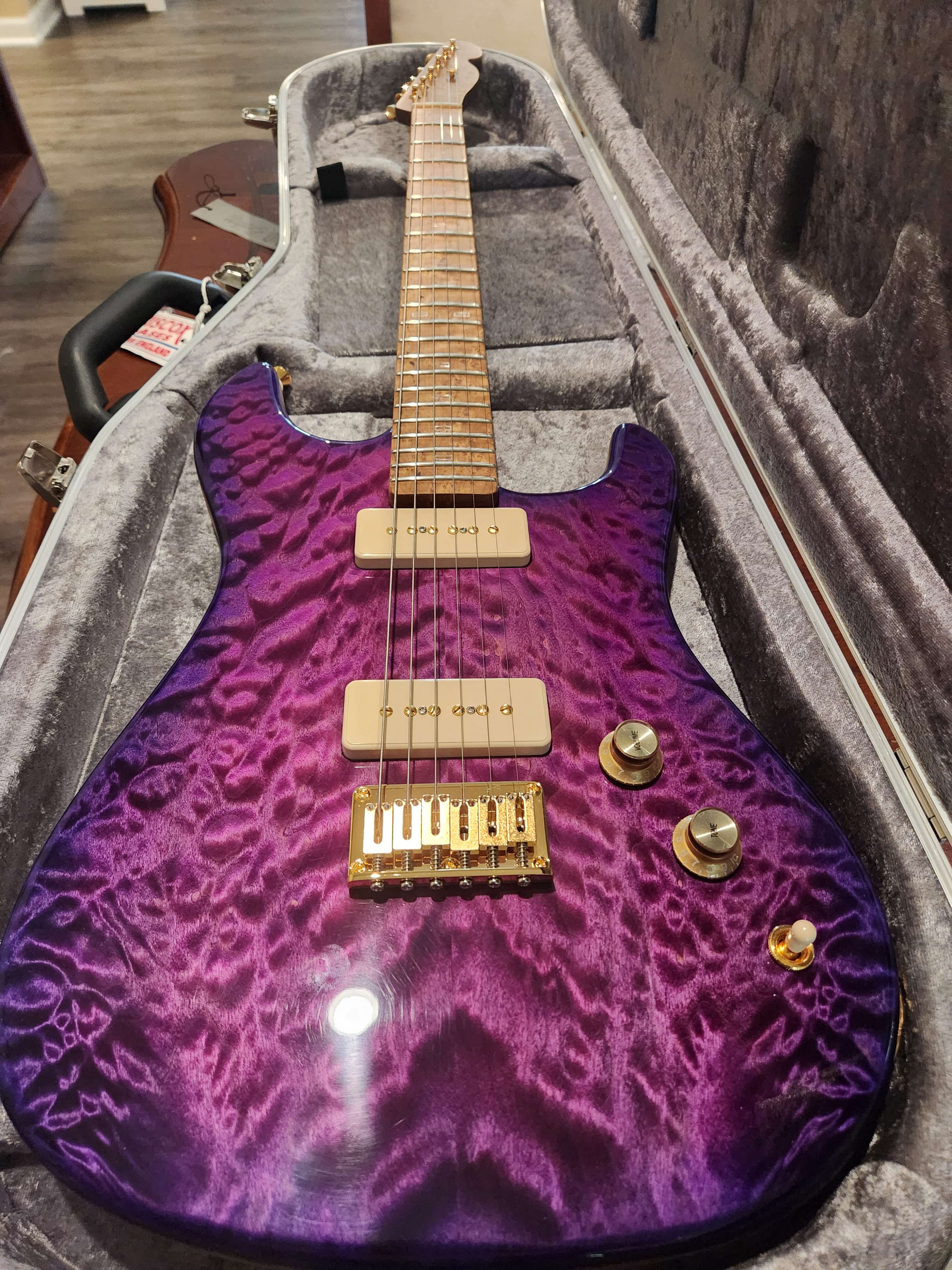I still have no idea what I’m doing really. Just too determined to give up I guess, and it’s been such fun. Anyway I made a guitar pedal light switch cover. Still a lot of work to do, and every time I look at FreeCAD the wrong way, the model breaks, but it’s been a fun experience nonetheless.
On a side note, anybody have any idea why the face of the model is rough textured, while the foot switch on the lower half is flawless?



It appears that you need to get the nozzle closer to the print bed. You shouldn’t have gaps between the lines like the rough side. Also, check the slicer settings to make sure it’s doing several top layers/walls.
Please forgive my rudimentary knowledge here, but if it was a z height issue, wouldn’t it affect the bottom part of the print where it’s nice and smooth as well? I clean and level between every print, and the corners seem to be very snug at least using the paper method. It’s just enough clearance that I can still push and pull the paper without it catching on the nozzle
For one thing, the paper method only gets you so close. I find you actually have to watch your first layer go down and adjust that way. If you have a Prusa, there is a menu where you can make adjustments as it’s printing and it has a first layer calibration tool built in.
Second, check the slicer and see what it’s calling the very top layer vs what it’s calling the part that looks messed up. I’m willing to bet that the clean looking part is called top layer, whereas the messed up part isn’t. Prusa slicer ads additional material when it knows that it’s the very top of a print so that it looks better.
Either that, or is say you had a clog which caused under extension, but that may have worked out by the end of your print.
The paper method only ensures that you get the nozzle-to-bed distance reasonably consistent in all the places your printer checks it, to ensure that the bed is trammed, i.e. straight relative to the X and Y axes of the printer, or “level.” It doesn’t guarantee that your Z offset is actually correct to produce a good first layer, and depending on how your particular printer runs its bed leveling/Z offset program it may in fact guarantee that it is incorrect every time.
If you’re going to use some manner of gauge material (paper, one of those plastic cards, a feeler gauge), step 1 is to determine what, exactly, your printer does to set its Z offset and whether or not that’s taken into account when you’re sliding your piece of paper or whatever under the nozzle. Some printer firmwares further compound things by calling their Z offset adjustment program “bed leveling” when that’s not what it is. (My old Qidi was guilty of this. “Fast leveling” was actually just Z offset adjustment in the center of the build plate, and “Full leveling” was actually a four-points bed level check operation.)
Thanks, i’ll check those things. Sadly, I don’t (yet lol) have a Prusa, only an Ender 3 pro. According to Prusa slicer, it’s all top solid infill. Here is the STL file if anyone is more of an expert at prusa slicer than I. https://www.printables.com/model/700351-guitar-pedal-light-switch/files
How can you tell that OP hasn’t leveled their bed properly? You can’t see the bottom layer in their picture.
Not level, Z height. Z height shows as lines spaced too far apart. Could also be under-extruding.
Sure, on the first layer. We can’t see the first layer here, only the top layer, so it can’t be the z height.
As far as I know, z height affects all layers. Check out https://forum.prusa3d.com/forum/original-prusa-i3-mk3s-mk3-how-do-i-print-this-printing-help/rough-top-layer-surface-on-new-prints-after-recent-z-axis-calibration/ and see if that makes any sense.
This has happened to me before - a messed up z height will affect all layers because the squish isn’t there at any layer. You’ll always have that difference in height between the surface being built and the nozzle no matter what layer you’re on.
Skimming that post shows a lot of people saying that first layer doesn’t affect top layer. What is your definition of z height? We may have a definition issue on our hands here. To me, it means the distance between the nozzle and the bed on the first layer.
I’d be with you on the underextrusion though if the very top layer didn’t look so good. I would bet OP doesn’t have enough layers on top of the infill leading to an artifact that resembles underextrusion.